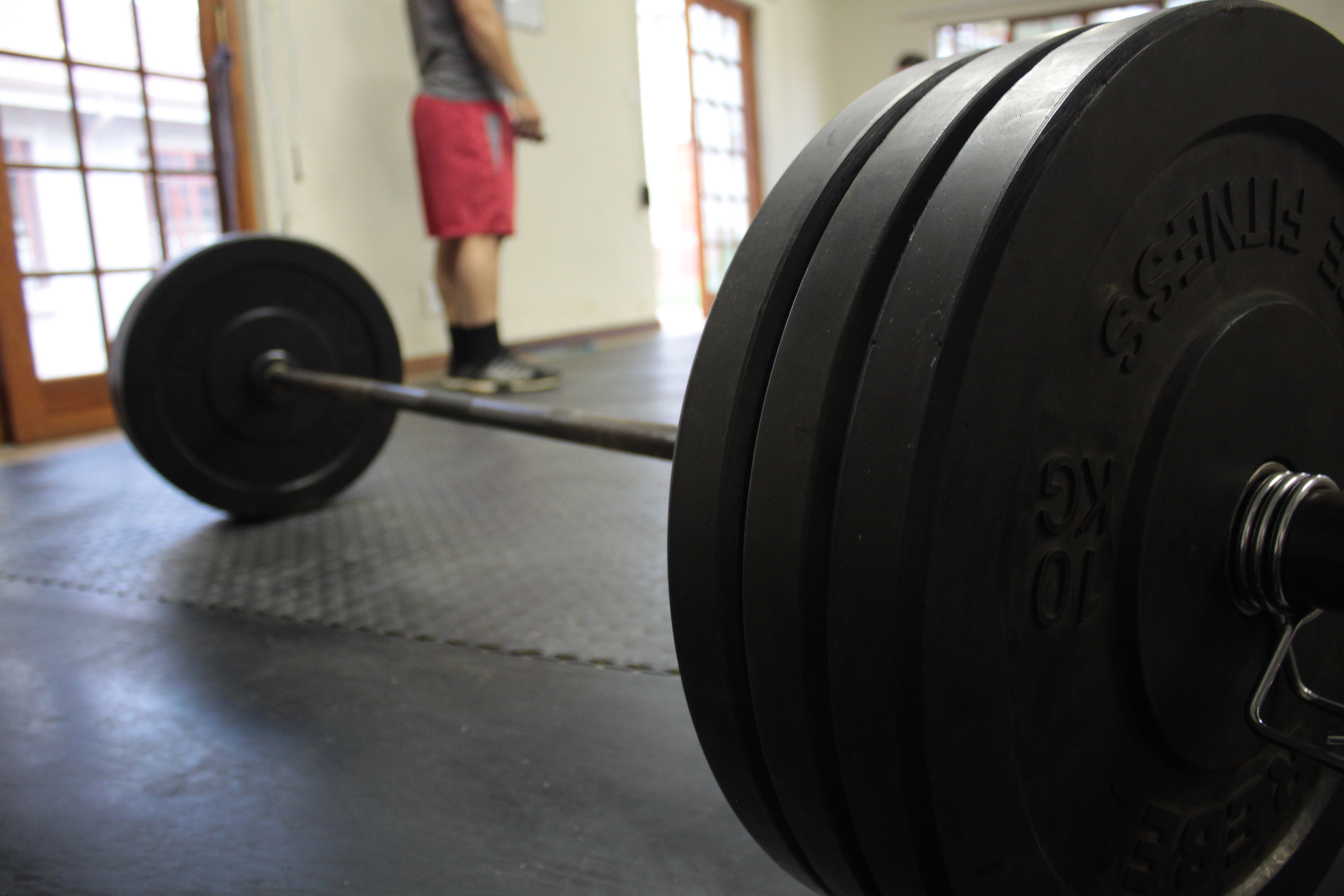Nikolai Volkov is a Soviet-era sports scientist, credited by some with pioneering creatin use. In 1974 he had an article published in a track and field publication, later translated in the Yessis Soviet Sports Reviews. The article is meant to provide an overview at how training and its scientific organization impact performance. As you read, keep in mind that this is a very old school approach to things.
Dr. Volkov begins by introducing three principles that are essential for the structuring of training:
- Overload: you have to stress the body for it to adapt.
- Specificity: you get what you train for.
- Reverse Action: if you stop training, you will go back to pre-training normal.
In the next part of the article, he discusses how work and rest should be balanced during the training process. Note that some of the science with this has changed over the years. His essential point here is that the effects of exercise exist after the exercise is finished and this has to be factored in to allow the athlete to recovery from the training. If training is implemented once the recovery is complete, eventually the recovery level will be higher than the level that the athlete started at (i.e. the athlete is improving). If the training is implemented prior to the recovery being complete, this will exacerbate the negative effects of training and could result in overtraining. This idea is the foundation of the “supercompensation” approach that periodization is built upon.
Now, there’s a few things in this article that are no longer true according to modern exercise science:
- “Physiological changes brought about by physical loads reach their peak at the moment of ending work.” This statement is overly simple. For example, after intense exercise the immune system begins going to work and this peaks about 24-48 hours after the exercise session (this is why delayed onset muscle soreness kicks in 24-48 hours after the workout). So clearly things don’t just cease because the exercise ended.
- “…complete restoration of the creatin-phosphate reserves in the muscles… requires approximately 30 minutes…” It’s looking today like immediate ATP stores are replenished within 2-3 minutes of exercise, creatin within 8 minutes.
- “…restoration of intramuscular glycogen reserves following intense work takes approximately 1.5 to 2 hours.” Again, we know today that the timeline is a lot different. Ivy et al in 2002 article studied glycogen depletion in cyclists and the impact of different types of carbohydrate supplements on the restoration rate. After two hours of cycling at 65-75% of maximal oxygen consumption and a series of sprints, the cyclists had decreased their resting quadriceps glycogen concentrations from 147 mmol/l to 40 mmol/l). Even after four hours of recovery with nutritional supplementation (given 10 minutes postexercise and 2 hours postexercise), they had only recovered to 70-88 mmol/l (i.e. 42-60% of resting). The point here being that glycogen restoration takes considerably longer than 1.5-2 hours.
The final part of the article summarizes adapting to training over months. According to him, this takes place over several time periods. First, is a 3-4 month time period of adapting to non-specific loads (i.e. general preparation training for those of you familiar with Matveyev’s approach to periodization). Second is a 5-12 week period of specific adaptations which sees a combination of general and special exercise. Finally is the period of maintaining sporting form (i.e. the peak), which can last 3-6 weeks.
I have discussed Verkoshansky’s scathing criticism of Matveyev’s periodization model elsewhere (see http://wp.me/p1XfMm-5e ) where he pointed out that classic periodization (such as is described above) is arbitrary, lacks a scientific basis, ignores biology, and is not for elite sports. You can see this just from the three points above. Volkov’s article covers tenants that form the foundations of classic periodization and it these some challenges – mostly dealing with the fundamental concept of supercompensation. The first question is what is being supercompensated? The easy answer is everything that is impacted by training. The second question is: what is the timeline for supercompensation? The complicated answer is that it looks like everything moves forward on a different timeline. And this is what makes training, nutrition, and recovery so complicated and it is why many authors are rejecting classic periodization.
This approach to training also ignores the competition calendar (especially for high-level athletes), the importance of special exercises for high-level athletes, individual responses to training, and the fact that it is likely that different physical abilities develop at different paces. This is not to say that the article is wrong or negative, it’s to point out that our knowledge of how the body responds to training changes over time. As this knowledge changes, we have to be willing to be flexible with our approaches to training and our organizaiton to training in order to provide our athletes with the best opportunities to be successful.
References:
Ivy, J.L., Goforth Jr., H.W., Damon, B.M., McCauley, T.R., Parsons, E.C., and Price, T.B. (2002). Early postexercise muscle glycogen recovery is enhanced with a carbohydrate-protein supplement. Journal of Applied Physiology, 93(4): 1337-1344.
Volkov, N. (1974). The logic of sports training. Track and Field, 10:22-23. Translated by Yessis, M. (1975) In Yessis Review, 10(2): 29-34.



